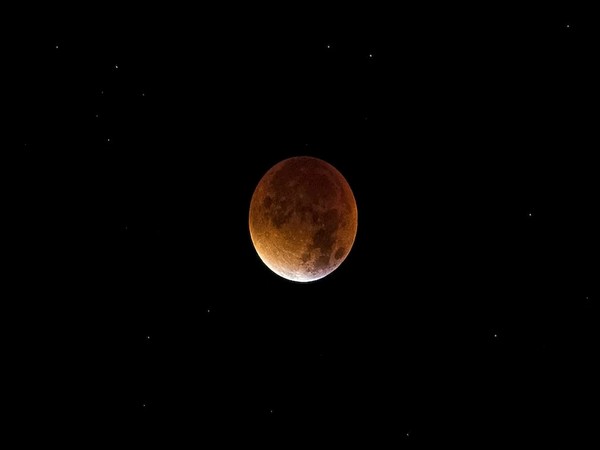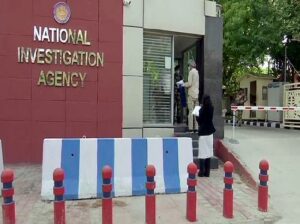New Delhi, November 8
Get ready to witness the last total lunar eclipse of this year. North American Skygazers can see the moon to turning reddish tint on Tuesday.
Almost a year after the last total lunar eclipse, the sight of the moon sliding into the shadows of the Earth returns and graces the sky.
Time
In India, the partial phase of the eclipse will begin at 2.39 pm while the total phase will start at 3.46 pm. The celestial event will end at 6.19 am.
Where in India will lunar eclipse’s total phase be visible
The total phase of the eclipse will be visible in and around Agartala, Aizawl, Bhagalpur, Bhubaneswar, Cooch Behar, Cuttack, Darjeeling, Dibrugarh, Gangtok, Guwahati, Gaya, Hazaribagh, Imphal, Itanagar, Kohima, Kolkata, Midnapore, Murshidabad, Muzaffarpur, Patna, Port Blair, Puri, Ranchi, Shillong, Sibsagar, Silchar, Siliguri, Tamenglong & Varanasi.
Viewers in North America, Central America, most of South America, the Pacific Ocean, Australia, New Zealand, and Asia will see the Moon darken and acquire a reddish in the wee hours of November 8.
“Make sure you don’t miss the November 8th event, for it’s the last total lunar eclipse visible anywhere until mid-March 2025,” said Diana Hannikainen (pronounced HUHN-ih-KY-nen), Observing Editor at Sky & Telescope.
When and how to watch blood moon
The Moon traverses the northern half of Earth’s shadow, with totality predicted to last 86 minutes. Mid-eclipse happens on November 8th at 10:59 Universal Time (UT), around six days before apogee, when the Moon is farthest from Earth in its orbit. As a result, during the eclipse, the Moon will appear 7 per cent smaller than it does when it’s at perigee (closest to Earth), but the difference is imperceptible. The eclipse on Tuesday will be a bit brighter than the one occurred on May — especially in the Moon’s northern half — since the Moon doesn’t glide as closely to the dark center of Earth’s shadow.
There are several delightful extras viewers can look out for while admiring the eclipse. During totality, Earth’s shadow dims the Moon sufficiently for stars to be visible right up to its edge. In addition, Uranus reaches opposition just a day after the eclipse, when it’s directly opposite the Earth from the Sun and at its closest and brightest. And on eclipse night the distant planet will be upper left of the red-hued Moon — binoculars will reveal the planet’s pale disk. The farther west you are, the smaller the gap between planet and Moon. Also, the Northern and Southern Taurid meteor showers peak around this time, so eclipse-watchers might be treated to a few meteors streaking across the night sky.
All stages of the eclipse occur simultaneously for everyone, but not everyone will see the full eclipse. Weather permitting, observers in western North America will witness the entirety of the event on the morning of November 8, with the partial eclipse phase beginning an hour or so after midnight. In Hawai’i, the totally eclipsed Moon will be directly overhead. Viewers in the central parts of the continent will see all of totality and most of the final partial phases, while those on the East Coast can watch the Sun rise as totality ends.













